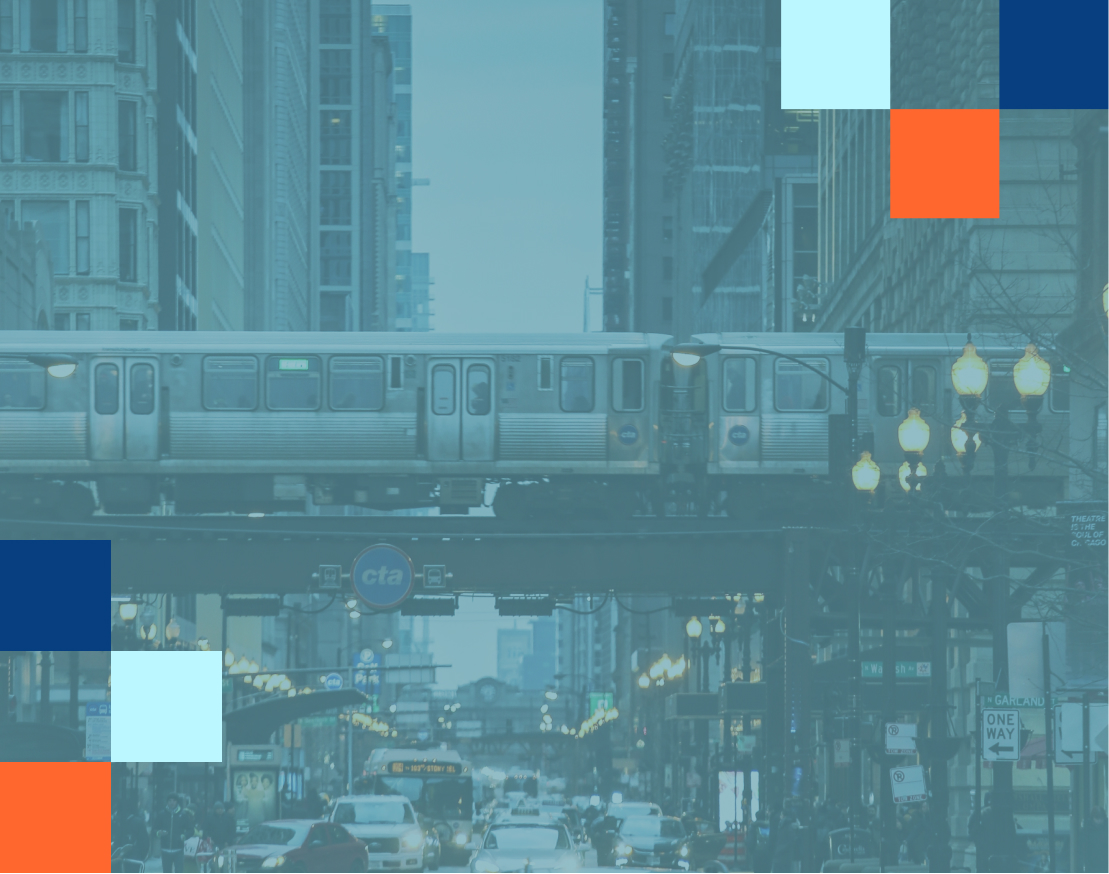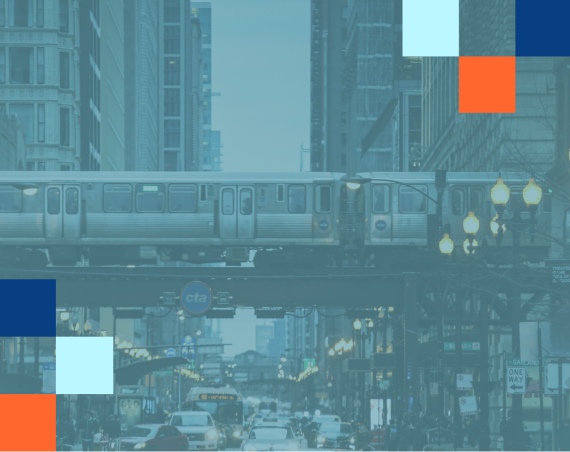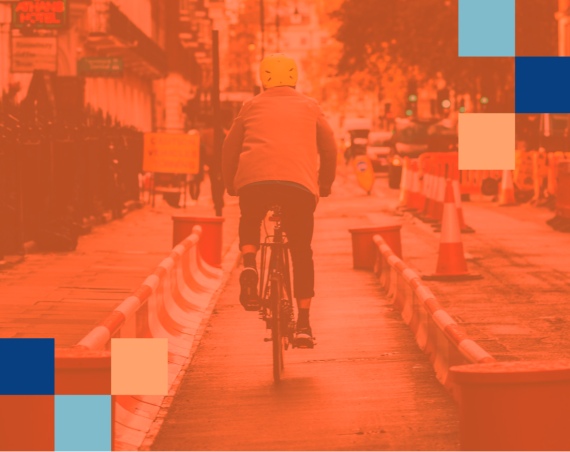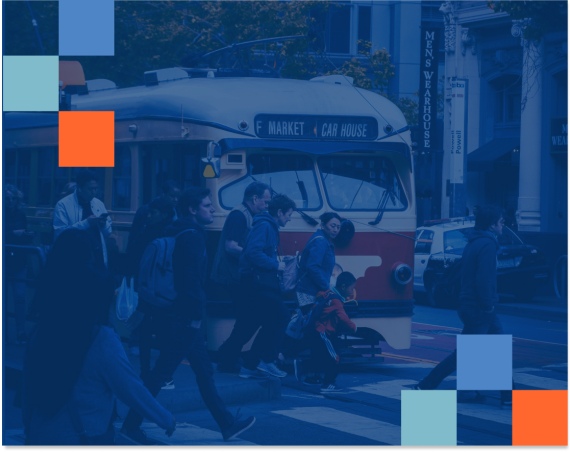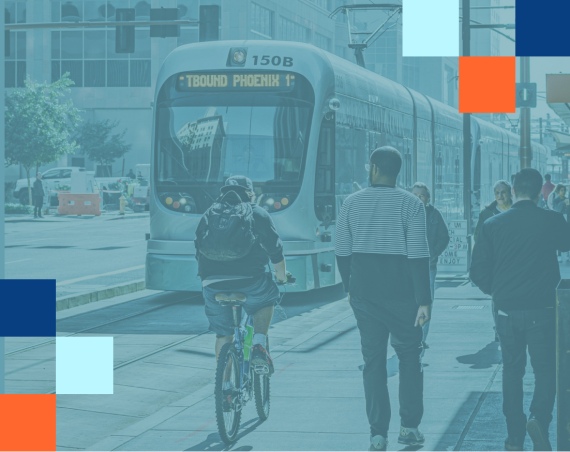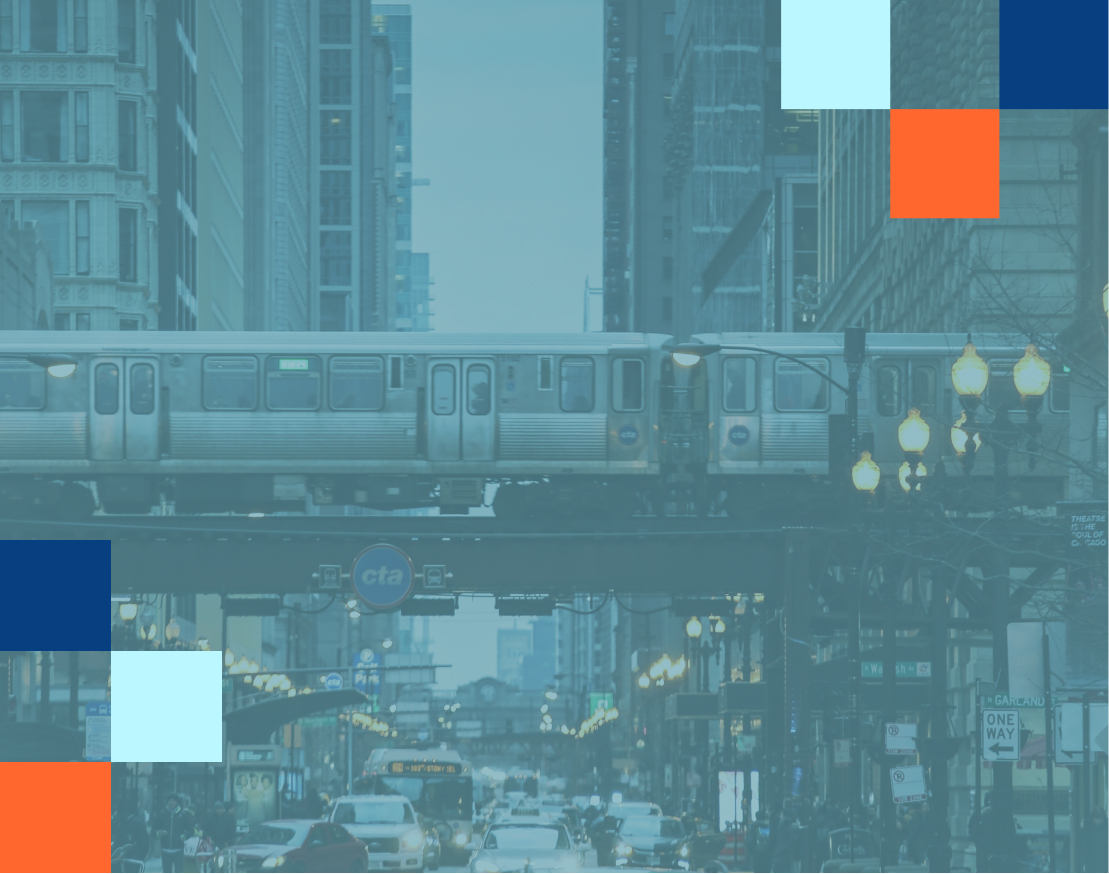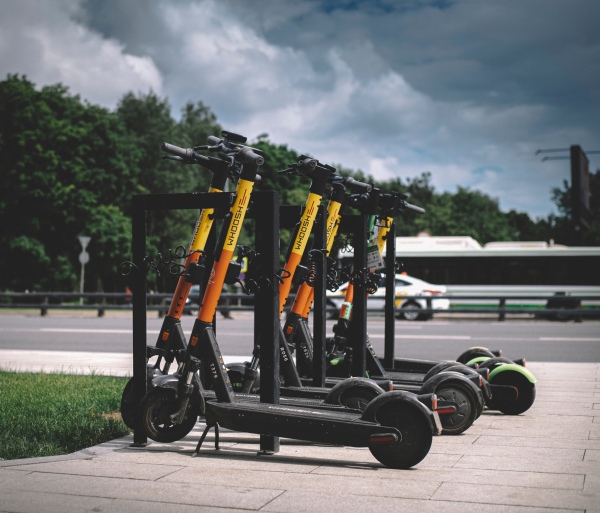Whether you’ve been updating bicycle infrastructure or you’re struggling to connect transit options, it’s key to make your city’s mobility plan as inclusive as possible. So what exactly should you consider, and how should you go about it?
Why is inclusive mobility planning important for communities?
Mobility isn’t just about getting from one place to the other, but about being able to do so safely, efficiently, and comfortably. Everyone should be able to utilize and benefit from the mobility options available. To design mobility that is human-centered, we have to engage our communities in planning. A young, disabled person commuting to school will experience your city differently than a worker making their way to their night shift or a mom out for a leisurely walk with a stroller. Through community engagement, you can tap into their collective intelligence to better understand the issues they face and what their ideas are for improvements. Ultimately, this means your mobility plan will be able to prioritize projects that make mobility more accessible to your whole community.
Community engagement for inclusive mobility planning
As we mentioned, the people living, working, commuting, growing up, and growing older in your city know what works, what doesn’t, and what improvements can be made. If you’re wondering if local public transport is safe, clean, or reliable enough, it makes sense to ask those taking the bus or metro every single day. And if you’re looking to make the city more accessible, it’s only natural to involve those navigating the world with a wheelchair, cane, or stroller.
Collectively, we do seem to be making progress. Recent tech innovations, climate change pressures, and shifting priorities are also propelling the rideshare sector, which seems to be making mobility more accessible to more people. However, while there are more options to get around these days, where those rideshares are placed (or not), how they are priced, and what qualifies someone to use them all impact whether these developments are actually benefiting whole communities.
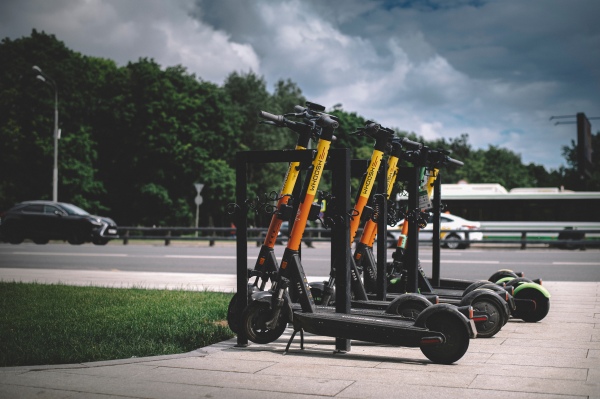
What you can do to make your city’s mobility more inclusive
To make your mobility planning more inclusive, you could:
- Use a digital community engagement platform to bring more people around the table. You might even consider engaging multi-sector partners, such as NGOs, businesses, employers, the transit authority, and informal community leaders to help you spread the word about your platform.
- Combine online and offline approaches to community engagement to reach more people and meet them where they are. Digital options are great for those navigating engagement alongside factors such as work schedules or caretaking responsibilities, but they should never completely replace your offline community engagement. If you launch a survey on your platform, consider setting up a table at a nearby public transportation hub with paper surveys and links to your platform to get more people engaged.
- Think creatively to make engagement more exciting (and approachable). Because of their comprehensive nature, plans are usually long, dry, technical documents and simply turning over hundreds of pages of a plan for public comment is not going to cut it. Consider how you can break up your planning process and use creative solutions such as mapping to visualize areas of concern together with residents.
- Organize an online workshop to facilitate deeper dialogue. This could help you understand the intersectionality of the issues your community raises. For instance, in conversation with your community, a solution as simple as shade infrastructure at bus stops may help address mobility and climate change factors.
- Reframe what’s stopping you from engaging more of your community members. Shift your thinking from “hard to reach” groups to “unheard groups” and consider engagement barriers that may be preventing more diverse or wider participation.
Inclusive mobility planning example
When the City of Lancaster decided to engage their community to make South Duke Street a safer, more community-friendly corridor, they shared data from subject matter experts and turned to their community’s expertise by using their community engagement platform’s mapping functionality to visualize problems. They turned to their community, citing “Before breaking ground on any of these plans, the City would like to hear your thoughts, ideas and experiences on the neighborhood streets. You know where the sidewalks and crosswalks need to be improved, where you like to cross the street (and where you don’t), where you see drivers speeding, and where we need more light, more trees, and places to sit.”
